10 Most Beautiful Places in China (And How to Truly Experience Them)
Robin•Jun 10, 2025
China has a lot of beautiful places to visit, with countless guides talking about places like the Great Wall of China, the Terracotta Army, or the Forbidden City. All of them have an incredibly long history and a deep tie to Chinese culture and idiosyncrasies, symbols of the long and powerful Chinese empire.
And yet, most tourists gave them a quick glance, took a few photos, and moved on. If you’re tired of that attitude and want something different, we offer you a more authentic and in-depth way to experience the same places, so you can have a more meaningful and less touristy experience visiting the most beautiful places in China.
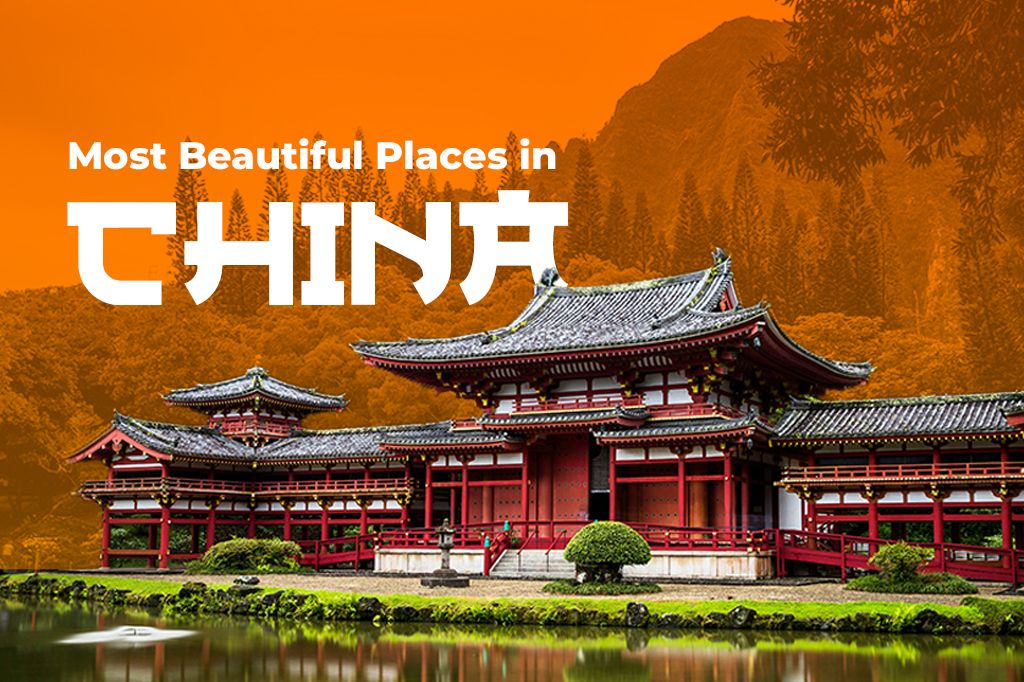
Picture by Christian Joudrey on Unsplash
But before we start, you’ll need a good internet connection if you want to investigate and learn more about the places you’ll visit in China. Try one of Yoho Mobile eSIM for free now, and see how fast the connection is and how easy they are to install. Afterwards, when you decide to buy one for all your trips, you can use our promo code YOHO12 for 12% off!
The Most Beautiful Places in China: A More Honest Glance
The Great Wall of China beyond Badaling
Why should you avoid Badaling? First of all, it’s overcrowded, as it’s by far the most popular near Beijing. No matter when you go, you’ll encounter large groups of tourists, guided tours, and day-trippers. It’s also highly commercialized, with too many souvenir stalls, making it seem more like a theme park than a cultural hike.
What sections should you visit instead?
-
Mutianyu: It’s farther from Beijing, about 70 km, but it’s a worthy trip. The section is fully restored, with beautiful watchtowers and incredible mountain views. The best time to visit is definitely during autumn, when the forest is covered in vibrant autumn foliage.
-
Jinshanling: A bit further away still, at 125 km from Beijing, but it offers a different view, with some sections being fully restored, and some sections staying wild and untouched. It’s great for hikers, who can go from Jinshanling to Simatai on foot.
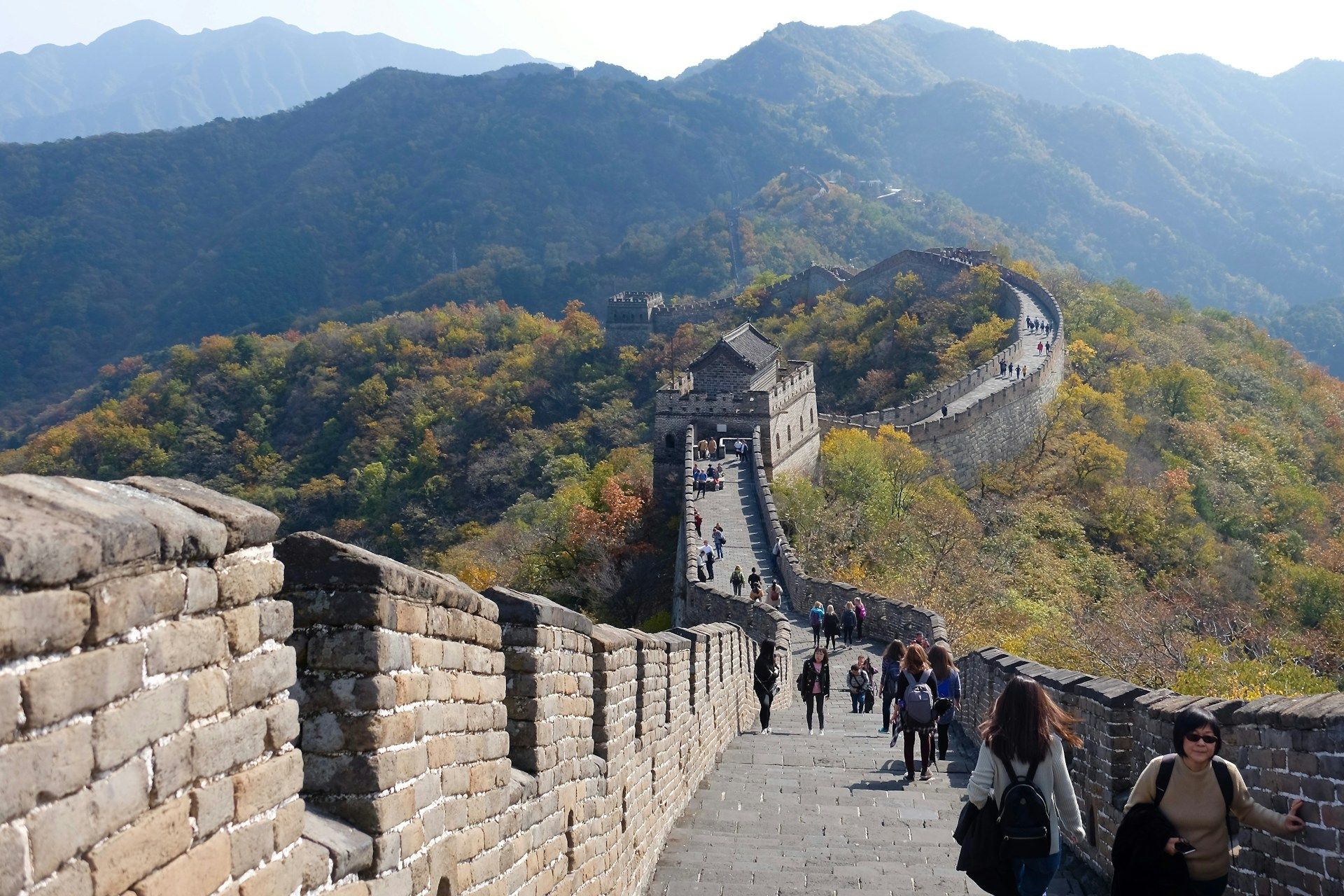
Photo by Bruce Röttgers on Unsplash
Zhangjiajie National Forest
You probably know it, the famous Zhangjiajie that inspired the Avatar movie with its floating mountains. In reality, it’s even more amazing, with towering sandstone pillars that seem to ignore the law of gravity. The area is so massive that it can be overwhelming, especially if you go for only one day. To move around, you’ll have to use the shuttle buses that connect the key points, as well as cable cars and elevators to skip some climbs. You’ll want to use a map, use a detailed map app, or grab a printed version at the visitor center.
The park has a lot of trails that you can explore, and while there’s nothing wrong with the popular ones, they can get a bit crowded, so let’s check some lesser-known ones.
Hidden trails for a more authentic experience:
-
Yangjiajie Trail: It’s a bit out of the main shuttle roads, so fewer tourists visit it. It’s quieter, and nature feels more raw and real. It’s great for photographers, nature lovers, and introspective travelers.
-
Laowuchang Trail: It’s at the far end of the park, and perfect for adventurers. It offers an adventurous trek through dense forest and towering rock formations, going past waterfalls and into narrow gorges.
-
Ten-mile Gallery: Many people start the trail, and yet few people reach the end. Which is a shame, as it hides stunning viewpoints, hidden caves, and quiet stretches.

The Forbidden City
Moving back to Beijing, with one of the most impressive attractions in the whole country. The Forbidden City is not only a massive palace, but a masterpiece of the Chinese imperial power and architectural philosophy. In fact, the architecture tells a story, especially when explored with a guide or audio tour.
How to read the Forbidden City’s architecture:
-
Look for the axis: The whole city is laid out along the central north-south axis, to symbolize the imperial authority connecting heaven and earth. The most important buildings are placed on the axis, and the rest follow the hierarchy, with the state affairs in the outer court.
-
Colors and Decorations: Look at the tops of the roofs, the yellow ones were exclusive to the emperor, and the dragons and phoenixes were a symbol of imperial authority. Even the beams are carved with motifs that tell stories of power, protection, and cosmic order.
-
Look for Feng Shui elements: Check how the buildings harmonize between the earth and water, to balance the energy flow and enhance harmony and protection.
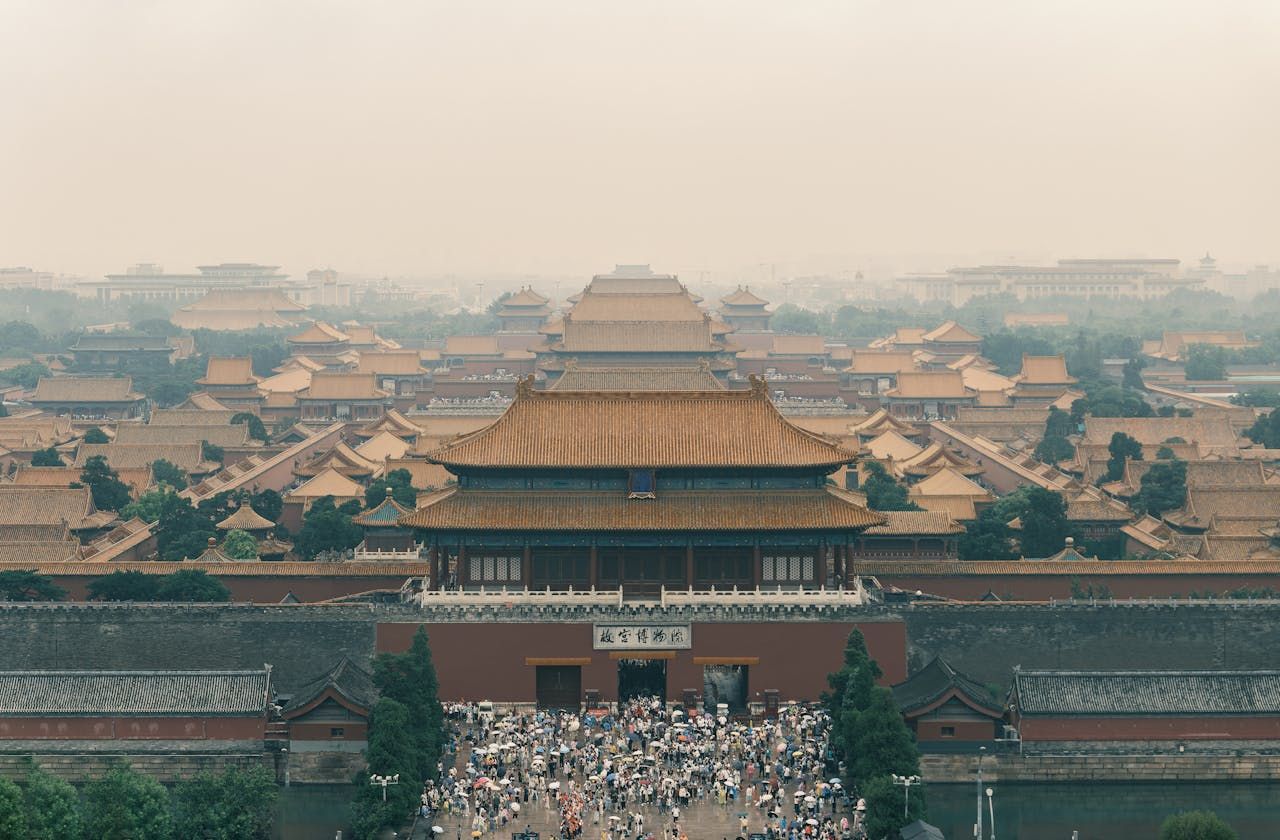
Jiuzhaigou Valley
Another national park, and no less stunning than Zhangjiajie. At first glance, Jiuzhaigou Valley looks surreal, with turquoise lakes, cascading waterfalls, and snow-capped peaks. But, depending on who you ask, they might tell you that the place is overhyped and not worth a visit.
So, is it overhyped? Not really, but many tourists do travel there with false notions about its nature. They expect a serene and wild place, when in reality it is a well-developed national park, which means heavy foot traffic, boardwalks, shuttle buses, and large tour groups.
If you want to visit it and do something more unique there, you can go to the nearby Tibetan Villages of Zharu. It’s a great introduction to Tibetan culture, with its traditional wooden homes, prayer flags, and local dresses. It’s one of the few places in China where you can interact with Tibetan locals outside of the tourist areas, so take the opportunity to hike the sacred mountain with a local guide and try traditional yak butter tea.
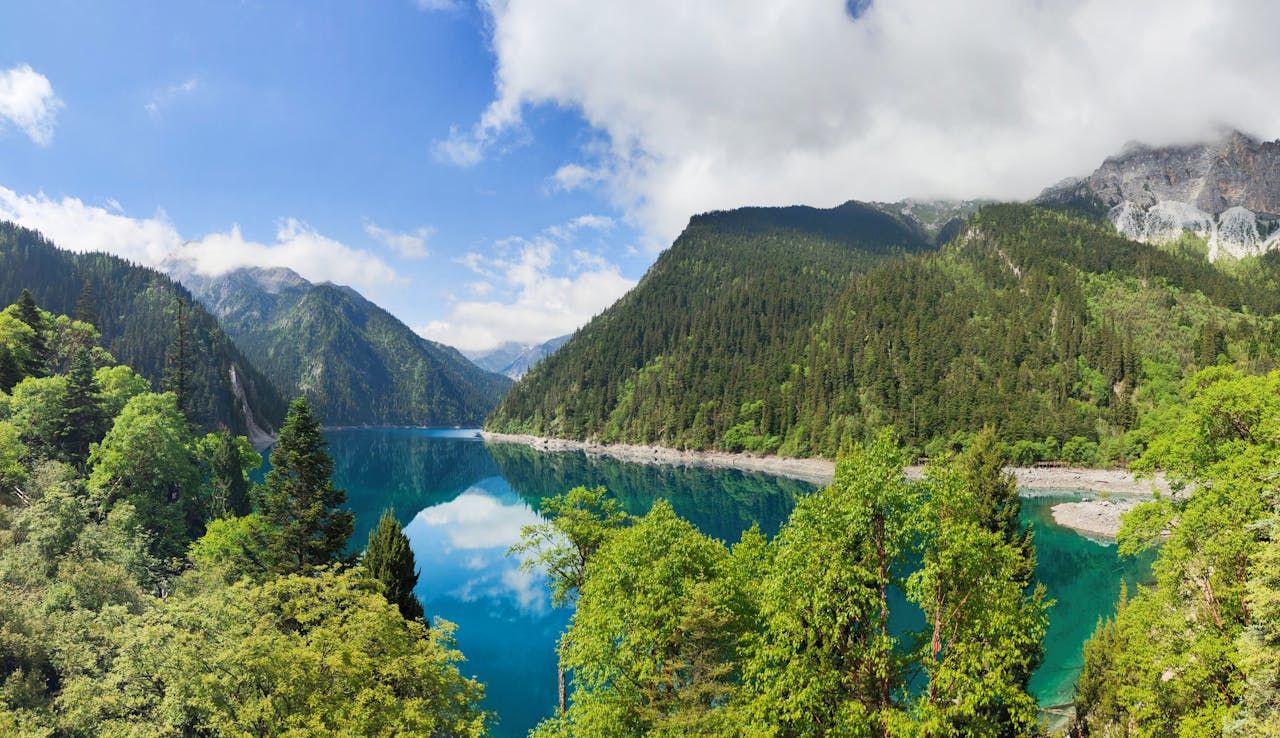
The Li River in Guilin
Another iconic place that you can find in most [best places to visit in China] guides. And indeed, it’s undeniable even if it’s so popular. The Li River is just too beautiful and iconic, with its towering karst mountains, crystal-clear waters, and misty atmosphere. And there’s no better way to visit it than taking a boat cruise. But, should you choose a tourist boat or a bamboo raft? Is it better during the sunrise or the sunset?
-
Tourist Boats: They’re better for first timers, families, and groups, as they’re more comfortable and usually slow. Usually, the rides are longer, for 4-5 hours, so you’ll see much more of the river, and some even offer lunch options. But they can get crowded, and there’s barely any flexibility on the schedule.
-
Motorized Bamboo Rafts: Ideal for adventurers, photographers, and romantic couples. The trips are shorter, but more immersive as you travel closer to the water. It doesn’t cover the full stretch from Guilin to Yangshuo, but you can stop along the route to take photos and explore a bit.
-
Sunrise Cruises: You’ll have to wake up really early, but the river looks straight out of a dream in the early hours. The light is ethereal, and the morning mist softens the scene.
-
Sunset Cruises: If you like bold colors, this is the perfect time for you. The setting sun illuminates the karst peaks beautifully, as the shadows get longer. However, it tends to be more crowded, as many visitors prefer that time.

Photo by Conny Schneider on Unsplash
The Yellow Mountains
Let’s do a fun little exercise and explore the Yellow Mountains through a photographer’s lens. Even if you’re not a photographer, you can capture beautiful photos with your phone. The objective is to take a deeper look at all the natural beauty that surrounds you. You can even stay overnight in the mountains to have more time to experience it.
How to plan a trip to the Yellow Mountains like a photographer:
-
Plan around the light: Try to organize your trip to be up in the mountains either by sunset or sunrise. You’ll see how the golden light hits the stone peaks and the mist in dramatic and interesting ways.
-
Look for “floating peaks”: If you happen to travel there on a rainy day, wait until the rain stops and see how the sea of clouds makes the peaks look like islands. You can get really surreal photos to show to your friends and family.
-
Use the cable cars: It’s useful to save your energy and have more time exploring the peak instead of hiking stairs.
-
Stay in Xihai Hotel: This comfortable hotel gives you the perfect opportunity to explore the peaks during sunset and sunrise.
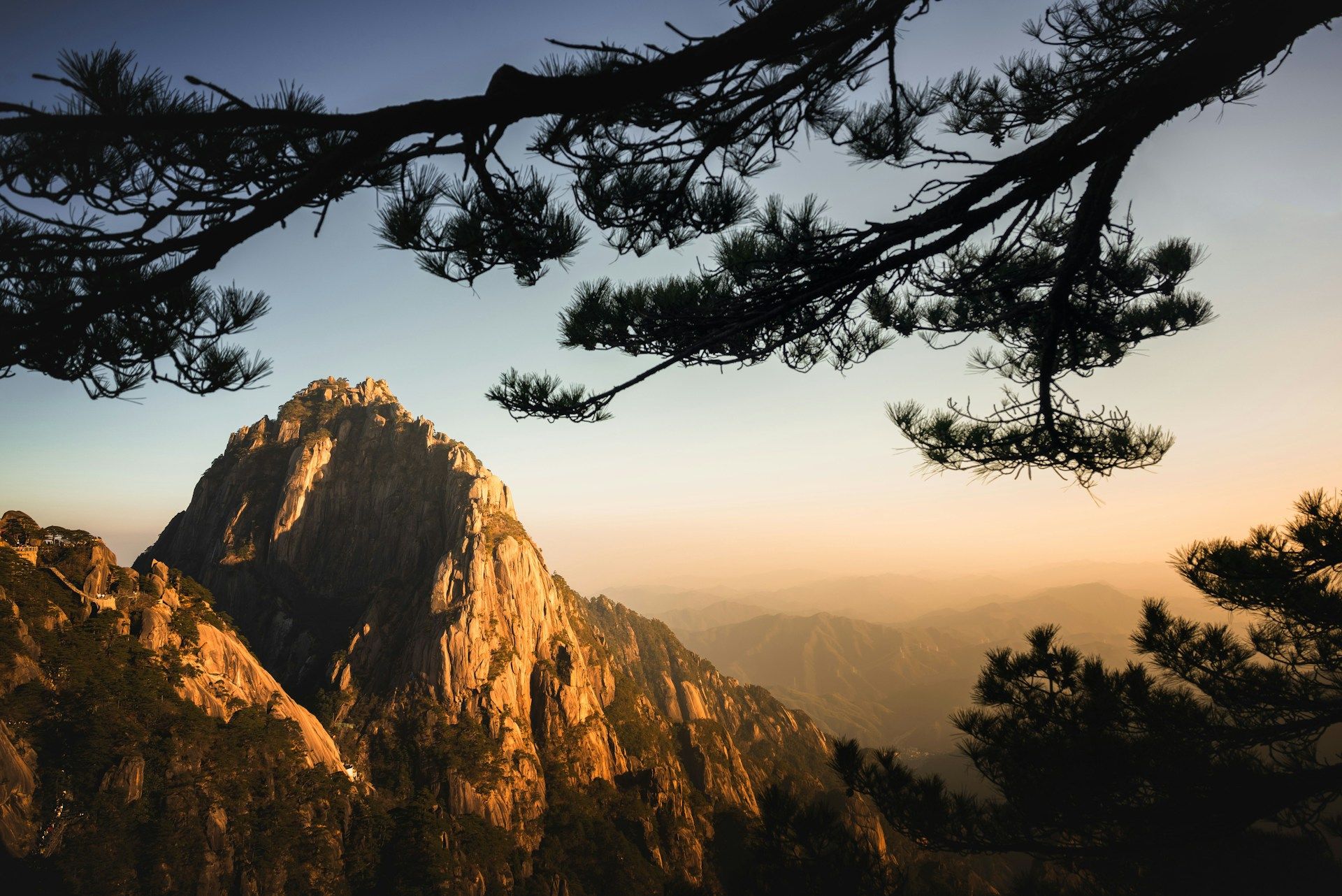
The Terracotta Army
Located in Xi’an, the Terracotta Army is one of the most extraordinary archaeological discoveries of the 20th century. It is one of those places in China that you have to visit at least once in your life. This massive army was built to guard the tomb of the very first emperor of China, Qin Shi Huang, more than 2,200 years ago.
How to make the most of your visit:
-
Choose the pits wisely: Saying that the army is massive is an understatement. There are over 8,000 warriors in total. All made with local clay, unique, and distributed between three pits. The first one is the show-stopper, the largest, and most impressive, with over 6,000 figures. The second one is more detailed, with different kinds of troops. The third one is more interesting for the historians, as they believed this where the command center of the army, but you can skip it.
-
Visit the Emperor Qin Shi Huang Museum: Aside from the pits, you can visit the Exhibition Hall, where you’ll find detailed bronze chariots, real weapons, and plenty of informative dioramas about the make of the warriors.
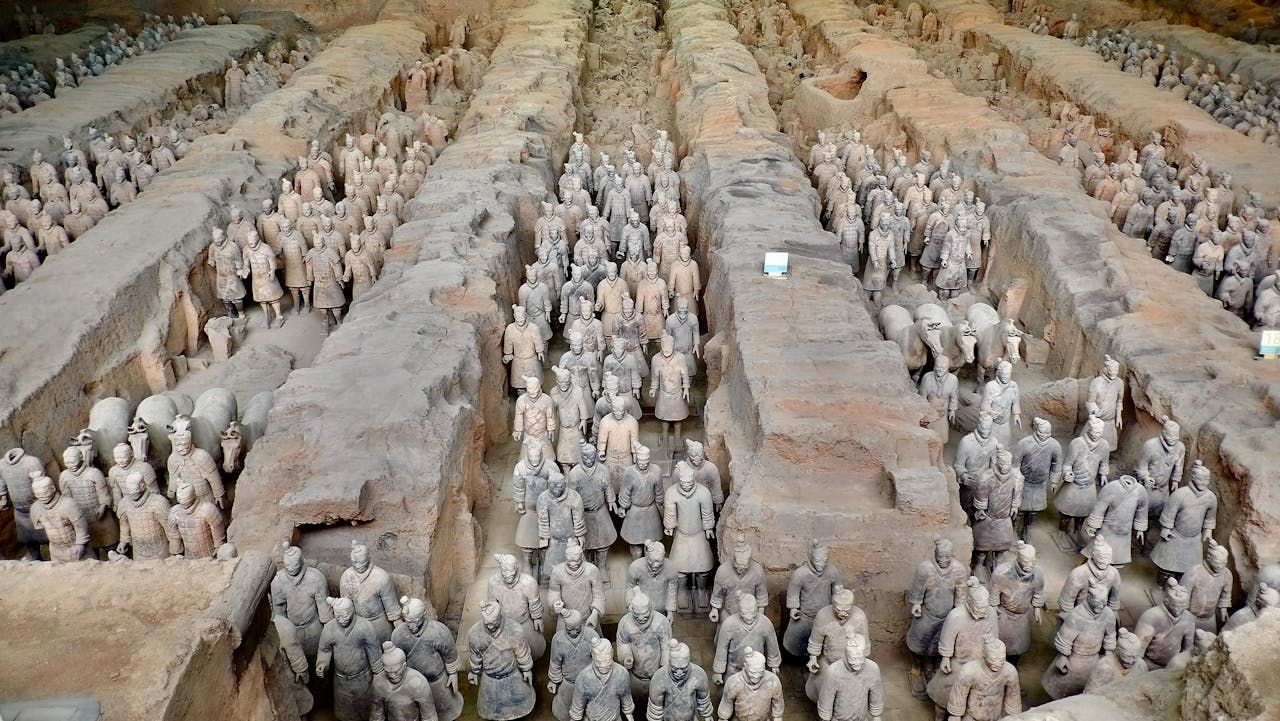
Final Thoughts
Don’t treat your trip like a checklist. China isn’t just a “top 10 of the most beautiful places you have to visit”, but an incredible country full of history and culture that is so worth discovering. The incredible views mean nothing without the context. Be curious, ask the local guides, take an interest in their way of living, their traditions, and you’ll realize how your trip can change drastically from a merely touristic experience into a more authentic and complete one.
